
For details, see Hoskins, Richard Kelly "War Cycles, Peace Cycles" 1985
#Shaban1445 #Usury #Riba #Economics #History #Medieval #SapereAude
1 Shares

For details, see Hoskins, Richard Kelly "War Cycles, Peace Cycles" 1985
#Shaban1445 #Usury #Riba #Economics #History #Medieval #SapereAude
via Khuram Malik
#muamalat #معاملات #labor #bank #banking #usury #capitalism #society #market #markets #technology #autarky #freedom #ربا #history #culture #society #economics #Islam #Sharia #Shariah #Shariat #Sufi #Sufism #Muslim #muamalah #riba #تَصَوّف

The difference between working for a company and being part of a guild can be explained with the analogy of different modes of transport.
Working for a company is similar to going on a plane journey. You are subject to the rules of the airline as the ultimate decision maker. When you depart, when you land. Who sits next to you, what you get to eat and how you must behave is all dictated by the airline and airline regulations. Essentially your sphere of control extends only as far as whether you wish to subject yourself those rules in order to get to your destination or not.
The actual choices you get to make are trivial. Where you want to sit, what drink you want with your meal etc. The rest is not up to you. You are just cargo that breathes. Even your relationship with other passengers on the plane is purely transactional. There is no vested interest between passengers beyond basic pleasantries and safe arrival.
The guild is different. It is more like a road trip with friends. Sure there is a designated driver that has ultimate control but he/she is definitively influenced by other passengers in the car. The passengers also have a vested interest in each other. They are concerned with the well being of each other beyond the car journey itself. Though there is personal, individual interest for each passenger in what they want out of the journey, there is collaboration and co-operation on all key matters such as departure time, destination, choice of car, seat placement, when to stop to eat etc. Their bond goes beyond the car journey itself.
It is the difference between a dictatorship (company) and a co-operative (guild).
Guilds were a huge part of Islamic economies, most especially in the Ottoman era. Most tariqas were both a guild and a religious group where the Shaykh was the leader of the guild and both a leader in terms of craft and work as well as in terms of religion/spirituality.
Osman's rise was heavily supported/influenced by the Ahi guild for example, headed up by Shaykh Edebali.
Even in the West, the guilds were so important and became so rich that Kings would turn to guilds for financial support.
A guild permits each member to exercise their own agency and autonomy in achieving their own objectives while contributing to the success of other members of the group and society as a whole.
A company is there to serve the owners only with workers bonded in slavery.
This is what we're trying to build with the Qirad app. A guild system on the Blockchain where people can do business with each other and collaborate without being subject to dictatorship and unnecessary meddling.
via Khuram Malik
#muamalat #معاملات #guild #labor #guilds #smartguild #smartcontract #employment #work #capitalism #society #blockchain #market #markets #technology #BSN #BRI #newsilkroad #silkroad #autonomy #autarky #freedom #ربا #history #culture #society #Ottoman #Osman #economics #Islam #Sharia #Shariah #Shariat #Sufi #Sufism #Muslim #muamalah #riba #تَصَوّف #app #web3 #web30

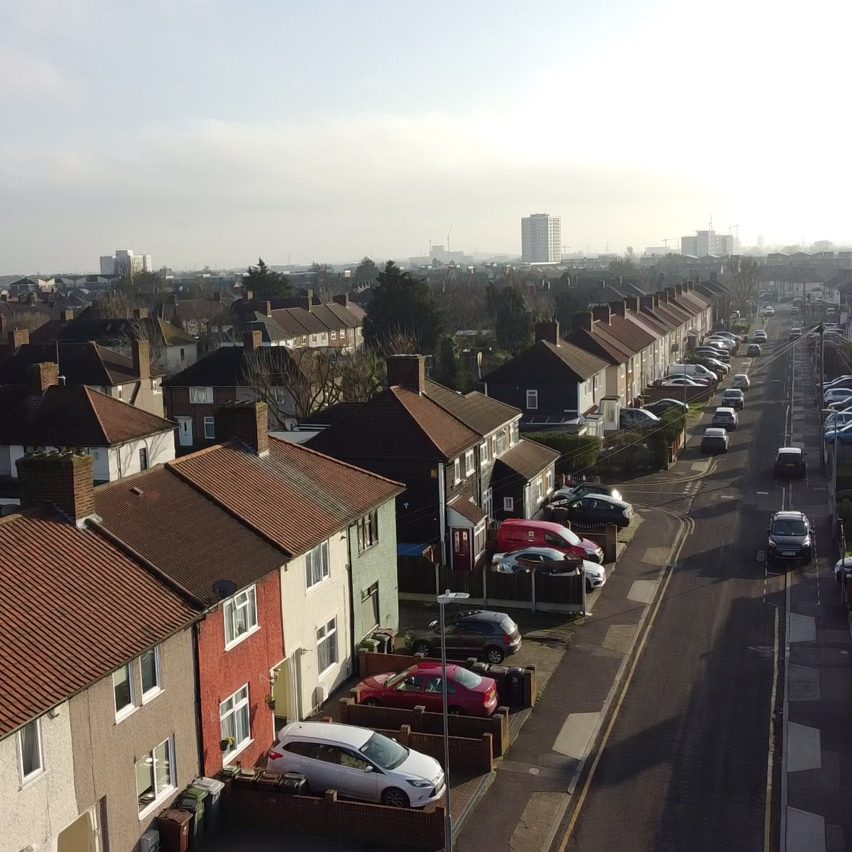
The Royal Institute of British Architects has urged the UK government to retrofit over three million homes in England to help cut carbon emissions and tackle fuel poverty.
In a report named Homes for Heroes, the professional body calls for a national programme involving the insulation of 3.3 million houses built in England's interwar suburbs between 1919 and 1939, which are usually poorly insulated.
According to the Royal Institute of British Architects (RIBA), the fabric-first retrofit of these dwellings could cut England's total carbon emissions by four per cent per year.
This is the "same amount as completely decarbonising [England's] waste and recycling sector" and could play a key role in helping to meet the UK's 2050 net-zero carbon target, RIBA said.
"There can be no further delay"
To carry out the mass retrofit, RIBA has suggested a National Retrofit Strategy programme, which prioritises insulating walls and installing heat pumps at homes in interwar suburbs.
Introducing tax levers, grants and allowances and other policies to incentivise private landlords to improve the homes they own would also play a key part.
"Without reducing our domestic operational energy consumption, the UK will miss its net zero carbon target," explained RIBA president Simon Allford.
"There can be no further delay in embarking on a national programme of home retrofitting, which will transform UK housing, creating warm and cheaper to heat homes while bringing health and wider societal benefits."
Interwar homes "perfect" for mass retrofit
Built between the end of the first world war and the beginning of the second world war, interwar homes make up over 15 per cent of England's housing stock. Examples include Becontree estate in east London and Kingstanding in Birmingham.
The homes are the target for the report as they are among the worst insulated in England – accounting for 12 per cent of the total carbon emissions produced by the country's housing each year.
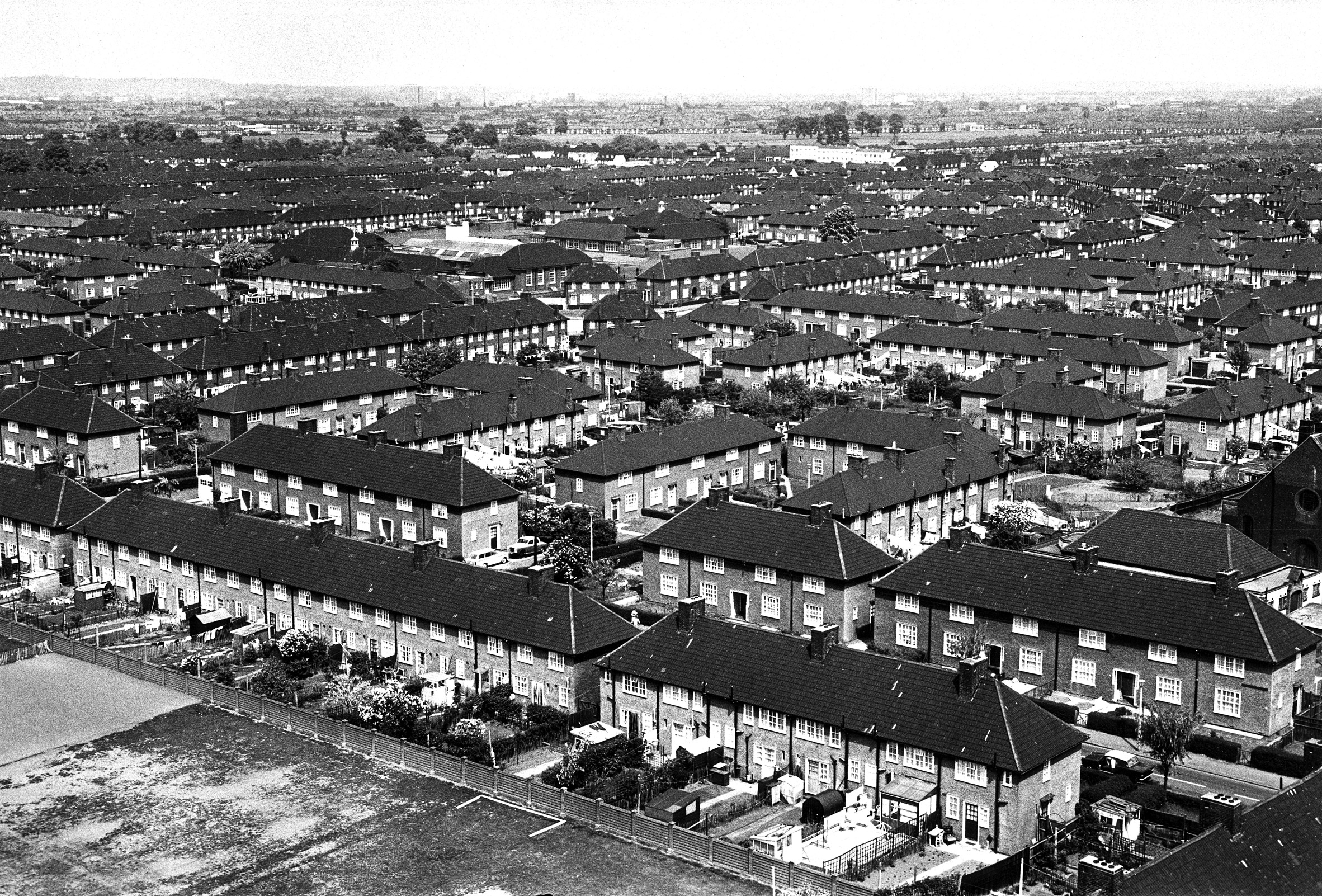 RIBA is urging the government to retrofit England's interwar homes such as those in Becontree (above and top image). Image is by Tony Ray-Jones, courtesy of RIBA Collections
RIBA is urging the government to retrofit England's interwar homes such as those in Becontree (above and top image). Image is by Tony Ray-Jones, courtesy of RIBA Collections
This is due to a combination of "poor insulation, solid wall construction, and high gas reliance", RIBA said, which means just 10 per cent of interwar homes achieve an Energy Performance Certificate (EPC) above B and C.
An EPC is a measure of the overall efficiency of a home, for which the best rating is A and the worst is E.
However, as many of these homes have repetitive designs and construction, RIBA believes they are "the perfect property type" for mass retrofit and can be easily improved.
Retrofit "can catalyse wider change"
In addition to reducing carbon emissions, a mass retrofit programme could also contribute to UK's national levelling-up agenda.
Improving the energy efficiency of interwar homes could minimise fuel poverty faced by their occupants – 17 per cent of which faced fuel poverty in 2021, exceeding the national rate of 13 per cent, RIBA revealed.
Additionally, if current band D-rated interwar homes were retrofitted to achieve band C performance or better, the drop in energy usage could save households almost £500 per year.
"Retrofit also offers benefits to both residents and communities," Allford explained.
"Implementing decarbonisation measures across homes in an area can catalyse wider change in community engagement and employment programmes," the RIBA president continued.
"In light of recent gas price increases, moving to low-carbon heating such as heat pumps could make a significant difference to residents of interwar homes."
[ 
](https://www.dezeen.com/2021/06/16/carbon-emissions-poor-quality-housing-uk-bulb-ceo/)
RIBA also argues that a National Retrofit Strategy could create thousands of green jobs, with the external insulation of England's interwar homes creating 5,000 jobs every year for the next 10 years alone.
"With the UK economy having suffered the worst recession since records began, the case for public investment to stimulate economic growth and create jobs has rarely been stronger," Allford concluded.
"The government must act now to support the residents of these homes and follow through on their net-zero target."
Homes for Heroes latest report issued by RIBA
RIBA's report echoes comments made by Hayden Wood, the CEO of renewable energy supplier Bulb, who recently told Dezeen that the UK needs to drastically improve its "poorly insulated, draughty" homes if it is to eradicate its carbon emissions.
'The number one thing holding the UK back is the quality of its housing stock," Wood said. "Our houses are poorly insulated, draughty."
Homes for Heroes follows the RIBA's Built for the Environment report that it issued in collaboration with Architects Declare. The report sets out ways to decarbonise the industry and calls on governments to overhaul building codes to better regulate the energy performance of buildings.
However, leading UK architecture studios including Foster + Partners and Zaha Hadid Architects are yet to join the signatories. Foster + Partners said that this is because it contradicts the Paris Agreement treaty on climate change.
The main image is byZinc Media, courtesy of RIBA
The post RIBA urges mass retrofit of England's interwar housing appeared first on Dezeen.
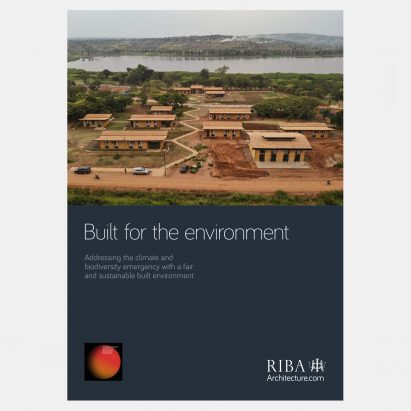
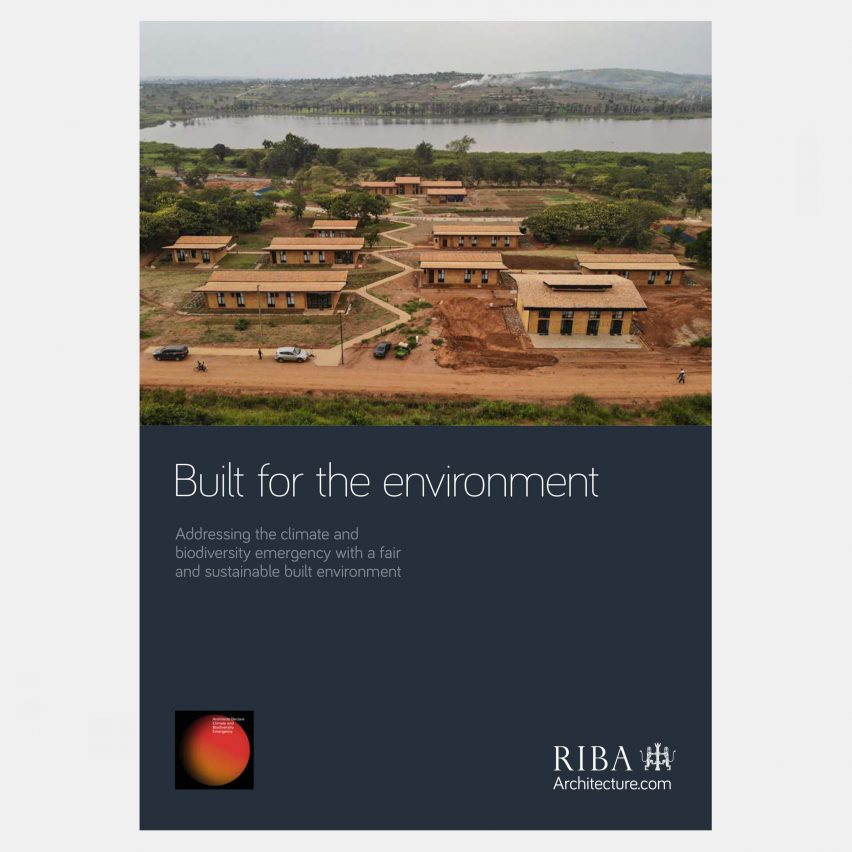
More than 200 built environment organisations have endorsed a report by RIBA and Architects Declare setting out ways to decarbonise the industry, although leading UK architecture studios including Foster + Partners and Zaha Hadid Architects are yet to join the signatories.
Industry body the Royal Institute of British Architects (RIBA) and pressure group Architects Declare presented the report, titled Built for the Environment, to policymakers at the COP26 climate conference on Tuesday.
The 80-page paper calls on governments to overhaul building codes to better regulate buildings' energy performance and to include targets relating to the built environment in their climate pledges, known as Nationally Determined Contributions.
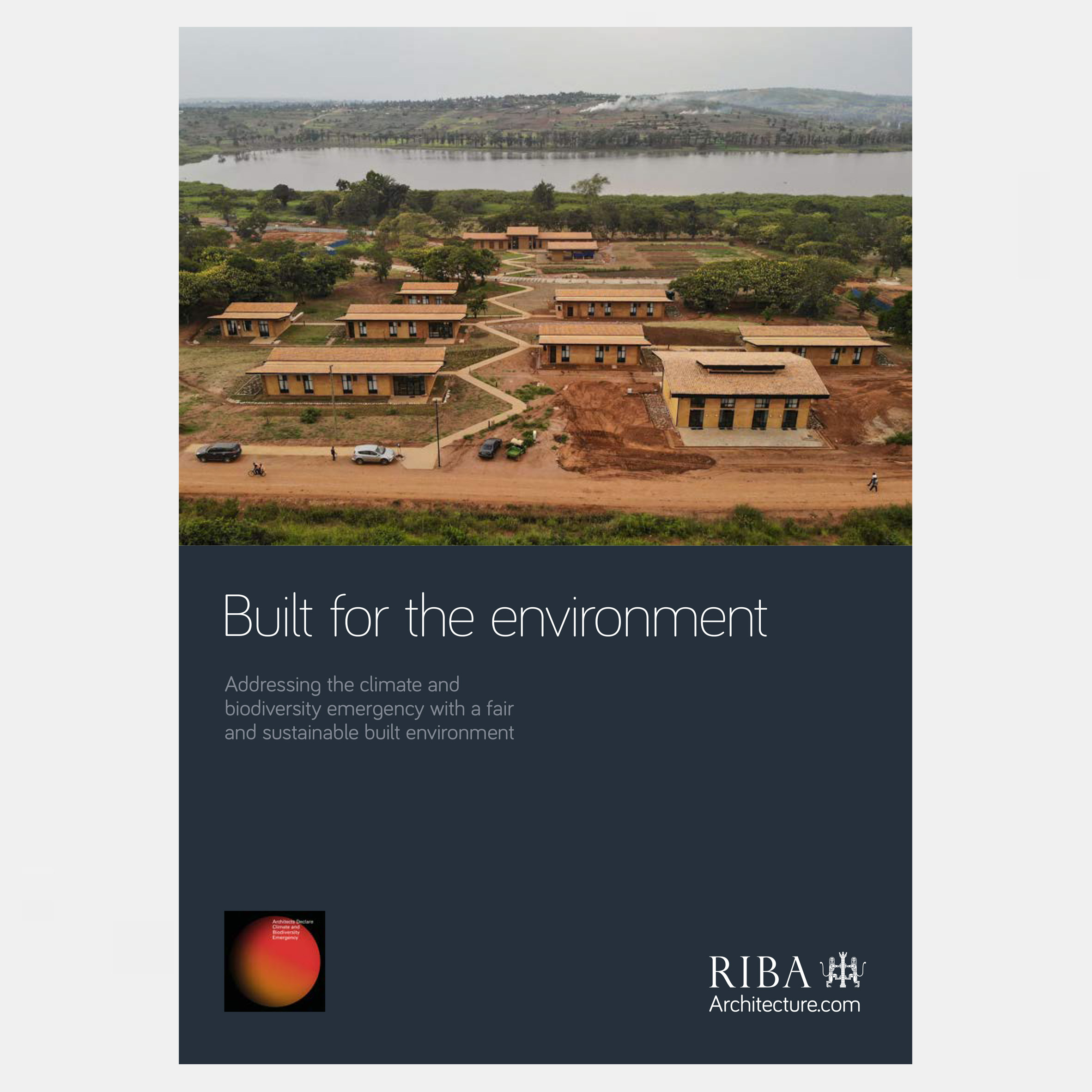 RIBA presented its climate report (above) at COP26 (top)
RIBA presented its climate report (above) at COP26 (top)
It also compiles evidence about the building industry's impact on the environment and calls on the sector to take a more proactive approach to sustainability.
Some 220 built environment organisations have endorsed the report, but only five of the 20 largest practices operating in the UK are on the list of signatories published on the RIBA website.
Leading studios "not aware" of report
However, numerous studios claimed they were never asked to endorse the report. Foster + Partners and Zaha Hadid Architects, the UK's largest and third-largest UK studios respectively, both told Dezeen they were not contacted about the report.
Zaha Hadid Architects said its low carbon group and sustainability team will now "be reviewing the report". Dezeen contacted Foster + Partners but had not received a reply at the time of publication.
[ 
](https://www.dezeen.com/2021/11/02/built-environment-summit-riba-architects-declare/)
Stride Treglown, which last week installed a sculpture of a sinking house on the River Avon to draw attention to climate change ahead of COP26, also said it was not aware of the report.
"It's not that we don't endorse the report, we do and would be keen to have our name added to the list of endorsers if there was an opportunity to do so," a spokesperson for the studio said.
"We've just been focused on our mission to action change, highlighted by our Sinking House project which we hope sends a clear message about the need for action."
Endorsements re-opened following "positive interest"
Other top architecture studios BDP, Allies and Morrison and Sheppard Robson all told Dezeen that they support the Built for the Environment report and will be seeking to get their names added to the list of endorsers.
"The Built for Environment report is an excellent resource – a compelling primer outlining the contribution of the built environment to the climate crisis, and the potential it holds to address it," said James Woodall, head of sustainability at Allies and Morrison.
RIBA insisted that all its members were informed about the report and invited to endorse it before publication.
However, the organisation confirmed to Dezeen that it has re-opened endorsements until 30 November 2021 "following further positive interest".
[ 
](https://www.dezeen.com/2021/11/03/cop26-briefing-no-new-worlds-artwork/)
"Hundreds of built environment companies are collectively urging governments to increase their ambition and commitment to tackling the climate and biodiversity emergencies," said report editor Maria Smith, who is also a RIBA councillor and director at engineering firm Buro Happold.
"From monitoring and regulating embodied carbon, to reporting and targeting emissions reductions on a consumption-basis, this report aims to give confidence to all inside and outside the built environment that a better world is possible."
Among the report's other recommendations are calls for building regulations to set minimum standards on embodied carbon and the reuse of materials.
Foster and ZHA failed to sign climate challenge
In July, Dezeen reported that less than six per cent of UK architecture firms had signed up to the RIBA's 2030 Climate Challenge, which urges studios to achieving net-zero carbon emissions from buildings they design by the end of the decade.
At the time, Foster + Partners said signing up would be "confusing" as it already had its own sustainability manifesto launched in 2019, while Zaha Hadid Architects said: "We would not make any public commitment without being certain it's not only something we believe in but also something we are able to deliver."
Architects Declare was founded in 2019 by an initial group of 17 architecture studios, including Foster + Partners and Zaha Hadid Architects, and now has more than 1,000 signatories in the UK.
COP26 takes place at SEC Centre in Glasgow from 1 to 12 November 2021. See Dezeen Events Guide for all the latest information you need to know to attend the event, as well as a list of other architecture and design events taking place around the world.
The post Foster + Partners and Zaha Hadid Architects yet to endorse RIBA climate report presented at COP26 appeared first on Dezeen.
#all #architecture #news #zahahadidarchitects #uk #fosterpartners #riba #climatechange #architectsdeclare #cop26
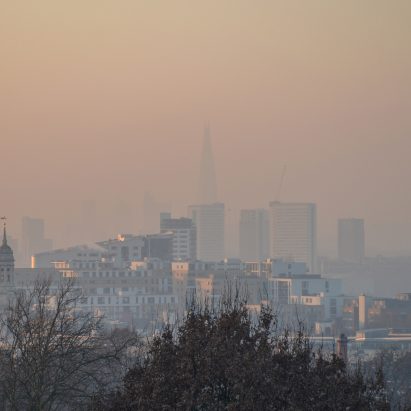
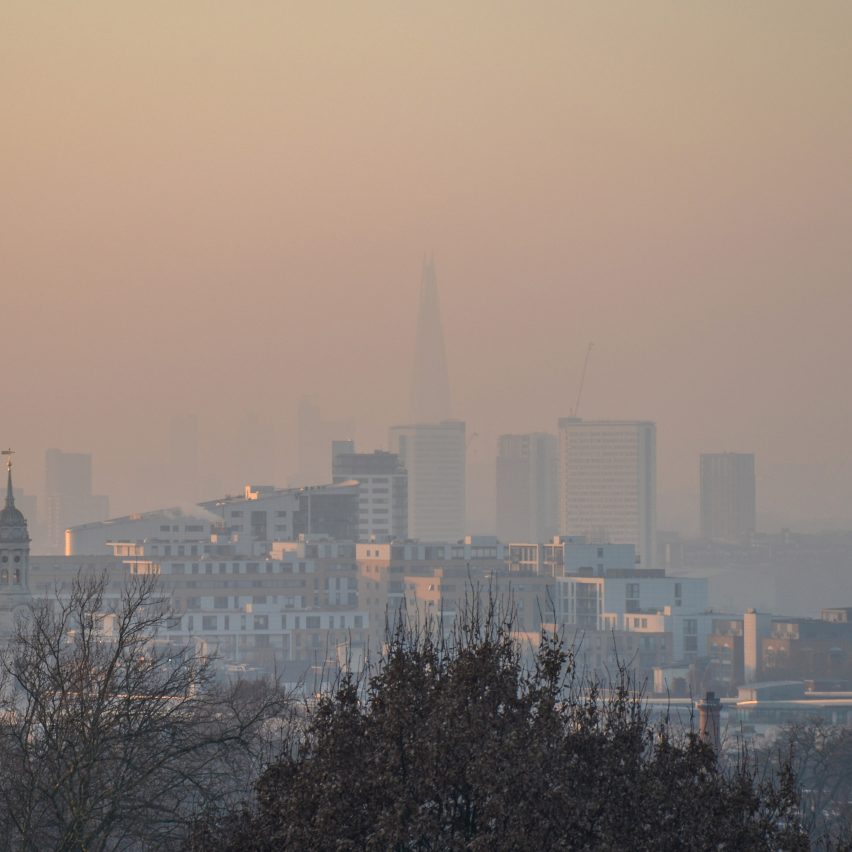
The latest edition of our Dezeen Weekly newsletter features news that fewer than six per cent of UK architecture firms have signed up to a RIBA climate initiative.
Just 230 of the 4,000 Royal Institute of British Architects chartered practices have signed RIBA's 2030 Climate Challenge. Those who have signed aim to achieve net-zero carbon emissions from buildings they design.
Foster + Partners, Zaha Hadid Architects and Grimshaw Architects are among those that have failed to join.
Readers aren't surprised. One said, "This is because architects don't get to dictate what buildings are made from or how they are made. It's the client or builder, who pays the bills, that determines these things."
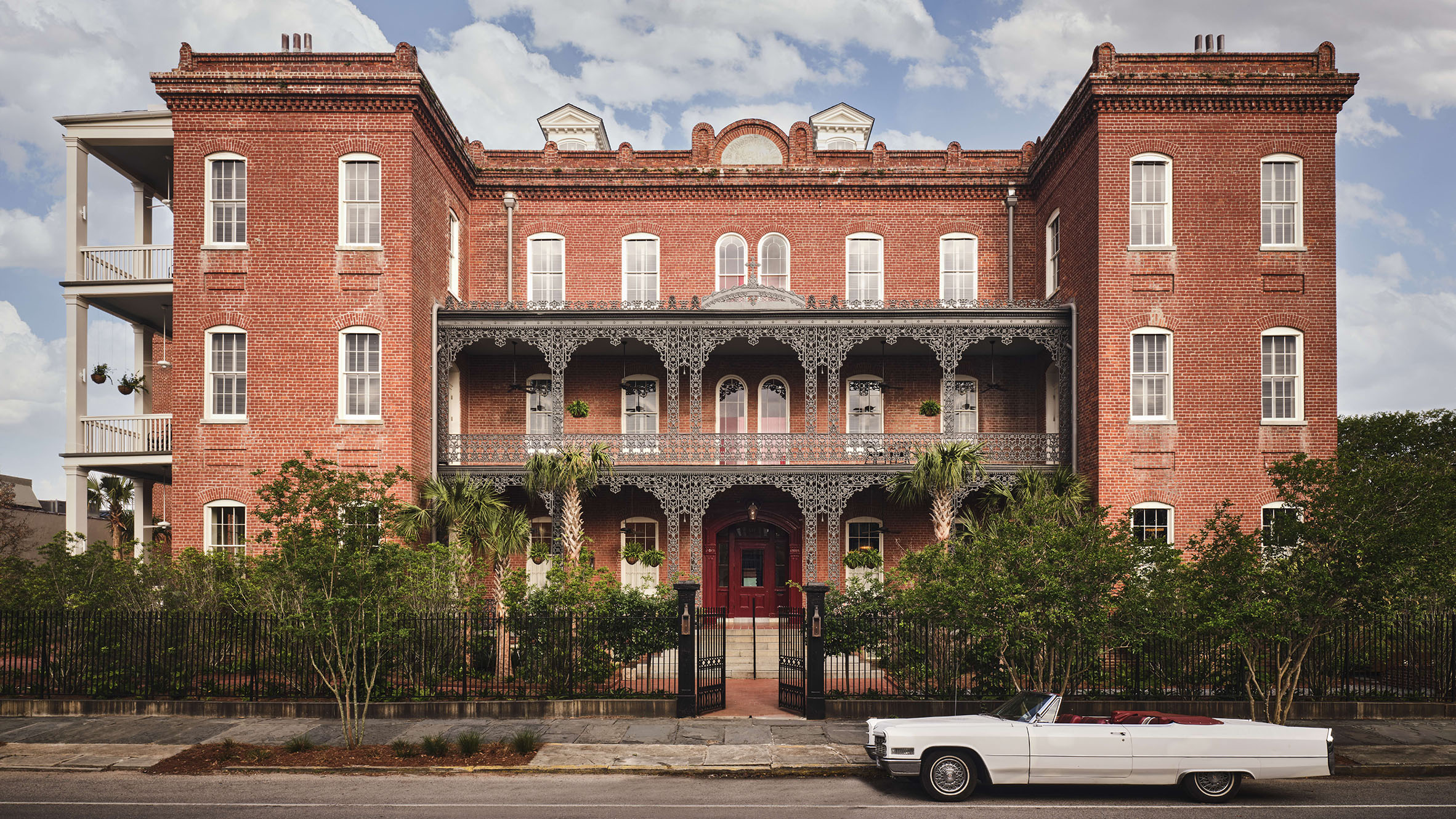 NOLA children's asylum revived as Hotel Saint Vincent by Lambert McGuire Design
NOLA children's asylum revived as Hotel Saint Vincent by Lambert McGuire Design
Other stories in this week's newsletter include the renovation of a 19th-century infant asylum in New Orleans, a 12-metre 3D-printed pedestrian bridge in Amsterdam, and our lookbook featuring tactile interiors that make use of natural biomaterials.
Subscribe to Dezeen Weekly
Dezeen Weekly is a curated newsletter that is sent every Thursday, containing highlights from Dezeen. Dezeen Weekly subscribers will also receive occasional updates about events, competitions and breaking news.
Read the latest edition of Dezeen Weekly. You can also subscribe to Dezeen Daily, our daily bulletin that contains every story published in the preceding 24 hours.
The post News of RIBA's climate initiative features in today's Dezeen Weekly newsletter appeared first on Dezeen.

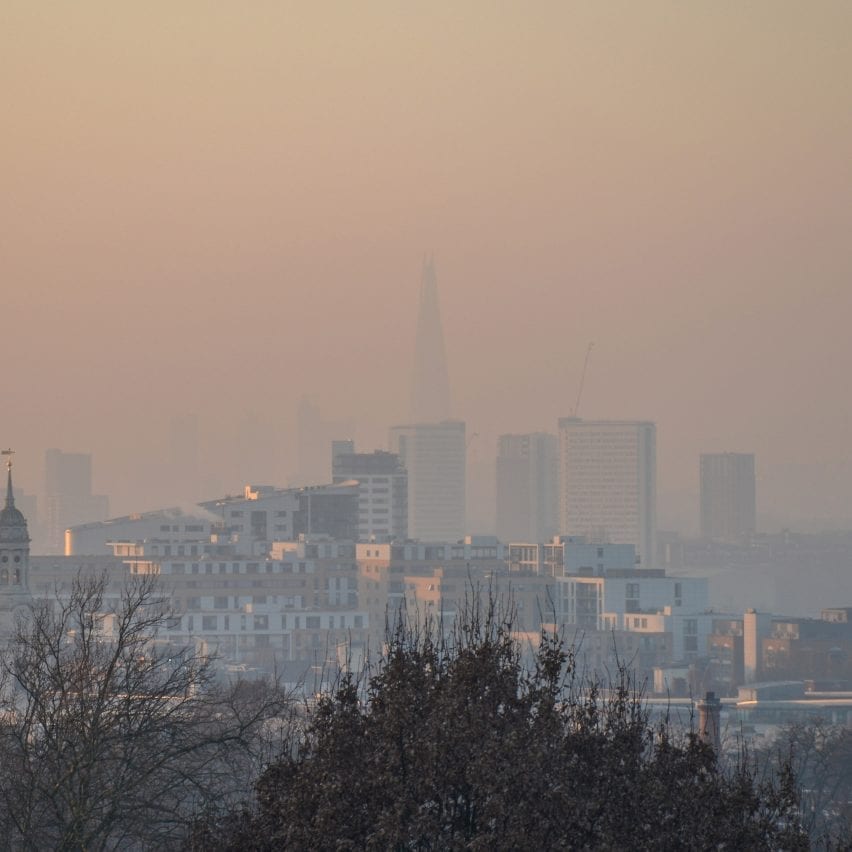
A summit organised by RIBA and Architects Declare is seeking ideas for reducing carbon emissions from the built environment ahead of the COP26 climate conference in November.
The Built Environment Summit, which takes place at the Royal Institute of British Architects (RIBA) in London just before COP26, aims to alert governments to the need to reduce emissions from the built environment, which account for almost 40 per cent of all greenhouse gas emissions.
Summit to draw COP attention to build environment
The deadline for research that will be discussed at the summit has been extended to 5 July.
"The aim of the summit is to embolden governments to support and work with the international built environment industry to decarbonise construction," said RIBA.
"We cannot meet the Paris Agreement's 1.5 degrees Celcius limit above pre-industrial levels without making substantial changes to the way we design, build, operate and adapt our built environment," it added.
"The Built Environment Summit will bring that message from the international construction industry to governments at COP26."
Summit taking place ahead of COP26
COP26, or Conference of the Parties, is the 26th United Nations Climate Change Conference. It is set to take place from 31 October to 12 November 2021 in Glasgow.
RIBA and Architects Declare are inviting architects to submit research and documentation of exemplar projects to be used at the conference and to form a report that will be presented at COP26.
The report will aim to demonstrate that the built environment has a significant environmental impact and outline ways in which change can be made to reduce this.
It will also aim to highlight that the built environment requires support from the governments attending COP26 to make change happen.
"Governments can provide the national, international, sector-focused, cross-sectoral regulations, infrastructure, and foresight to support the built environment in making the changes required to meet the 1.5°C target," said RIBA.
Submissions to the conference and report will be selected by a steering group that includes RIBA president-elect Simon Allford, Buro Happold director of sustainability Maria Smith and architect Andrew Waugh.
The steering group will be supported by a group of industry experts including Arup sustainable buildings lead Mel Allwood, Perkins & Will sustainability director Asif Din, former RIBA president Ben Derbyshire, and CEO of OnePlanet.com Pooran Desai.
Virtual pavilion to highlight built environment's environmental impact
The research is one of several initiatives taking place to draw attention to the built environment's role in causing climate change at the coronavirus-delayed COP26 conference.
The UK Green Building Council (UKGBC) has coordinated 100 organisations to create the UK Built Environment Virtual Pavilion that will contain an exhibition showcasing low-carbon projects.
At the request of several organisations including the World Business Council for Sustainable Development (WBCSD) earlier this year, the president of COP26 Alok Sharma agreed to host an official day dedicated to the built environment at the conference. However, no details of the day have emerged.
Built Environment Summit will take place at RIBA London from 28 to 29 October 2021 ahead of COP26, which will take place at SEC Centre in Glasgow from 1 to 12 November 2021.
See Dezeen Events Guide for all the latest information you need to know to attend the event, as well as a list of other architecture and design events taking place around the world.
The post Built Environment Summit seeks research that will "embolden governments" to decarbonise architecture appeared first on Dezeen.
#all #architecture #news #riba #climatechange #architectsdeclare

#الإسلام #education #educate #indoctrinate #administer #معاملات #scientism #science #materialism #scientificmaterialism #belief #epistemology #religion #market #markets #usury #fiat #fiatmoney #money #technocracy #freedom #Europe #Europeans #Western #WesternCivilization #ربا #history #culture #society #economics #Islam #Sharia #Shariah #Shariat #Sufi #Sufism #Muslim #Khalifa #muamalat #riba #تَصَوّف
Scientific materialism has been to humanity what supermarkets have been to our conception of food: the combination of marketing and variety has greatly convinced a significant portion of us that the supermarket is not only the origin of food but the best and only place to get it. pic.twitter.com/XpI6Qf8ALL
— Imam Marc Manley (@imam_marc) August 14, 2019